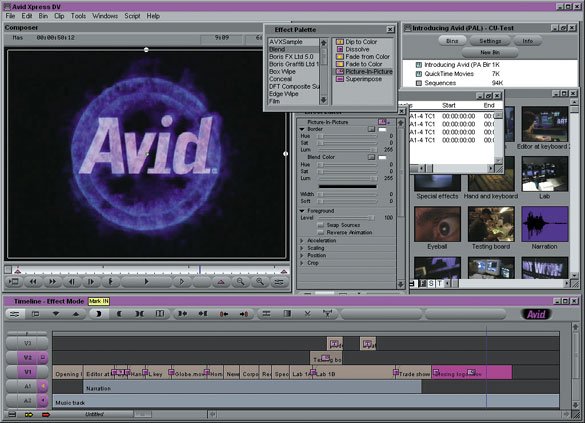
In a typical broadcast newsroom, the producers are the big dogs. As assistant producer Lisa Russell put it, "They're in charge."
I experienced a day's work with the "big dogs" on Wednesday. The first major part of their job involves participating in the story meeting for the nightside reporters with Stacey Woelfel, KOMU's news director (or his designee). From there, the producers figure out where the assigned stories will be placed in the newscasts (for the 5, 6, and 10). Their job also means they format how one's story will appear - for instance, whether a reporter will do a live shot or weather wall. Perhaps the most important aspect however comes from their determination of how long a story will run.
This idea that producers control the time of stories is one of the biggest things that Russell has learned since she arrived to KOMU. She says, "If you're a reporter, you can't just have extra time, it has to be talked about." She also said that while seemingly scary and threatening, the staff at KOMU are all incredibly helpful and easy to ask questions of. Russell added that time management is also a huge lesson she's learned since joining the producing ranks.
Reporters understand most of their assignment details after the initial story meeting, but one important morsel of information displayed by the producers in INews is whether a reporter will move to the weather wall or be assigned a live shot. This means that, in some cases, a reporter will basically do two standups; one in-studio at the weather wall, the other out in the field. Both of which are included in the story.
Producers can be most helped by reporters when they call in with story updates. Russell says that regular updates from reporters help producers time their shows. For example, if a story is very difficult and a reporter is unable to get people to talk on-camera, their assigned time of a story may be reduced since it has less-solid video. On the flip side, if a reporter finds fantastic sources and records great video, then they may merit a longer report.
Russell says the most common mistakes made by reporters has been with scripting in INews. She says some reporters struggle with the formatting involved for live shots, weather wall appearances, and locators. She said there's no excuse for reporters to make mistakes like that - she demonstrated that many tips and suggestions for formatting are already in INews "help" files.
The hardest part of producing, according to Russell, is that the entire job of creating a newscast can be overwhelming. She said it's also difficult to accomodate everything that reporters want, or to deal with on-the-fly changes that can come up as late as midway through a newscast.
The biggest difference between a reporter and producer, says Russell, is that reporters enjoy physically leaving the station, talking to sources, and doing something new every day while storytelling. Producers, she says, must enjoy being in charge and looking at the big picture.




